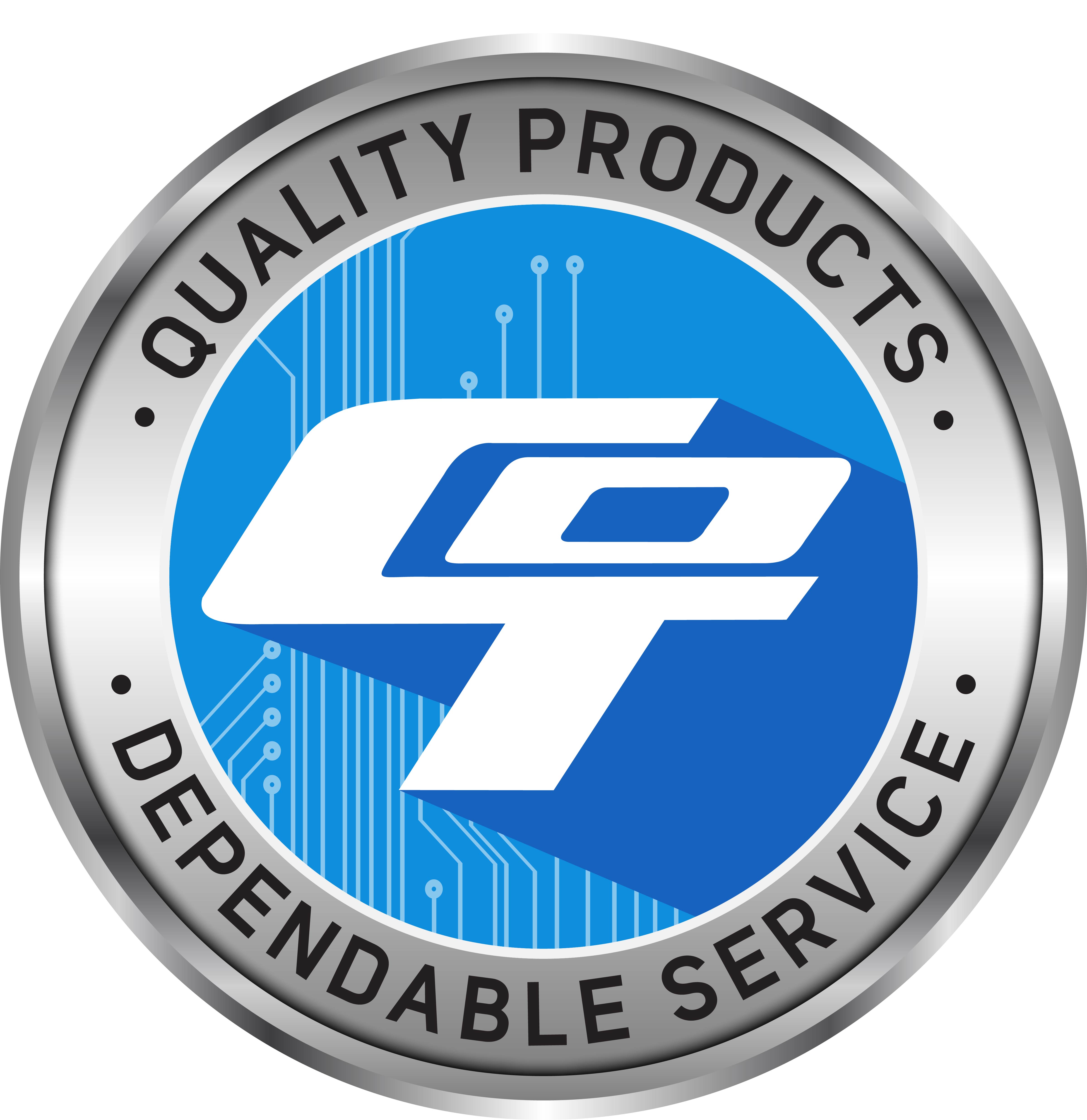Technical Library | 2017-11-22 12:38:51.0
The use of copper foils laminated to polyimide (PI) as flexible printed circuit board precursor is a standard practice in the PCB industry. We have previously described[1] an approach to very thin copper laminates of coating uniform layers of nano copper inks and converting them into conductive foils via photonic sintering with a multibulb conveyor system, which is consistent with roll-to-roll manufacturing. The copper thickness of these foils can be augmented by electroplating. Very thin copper layers enable etching fine lines in the flexible circuit. These films must adhere tenaciously to the polyimide substrate.In this paper, we investigate the factors which improve and inhibit adhesion. It was found that the ink composition, photonic sintering conditions, substrate pretreatment, and the inclusion of layers (metal and organic) intermediate between the copper and the polyimide are important.
Technical Library | 2018-11-20 21:33:57.0
There are several industry-accepted methods for determining the reliability of flux residues after assembly. The recommended methods of test sample preparation do not always closely mimic the thermal cycle experienced by an assembly. Therefore, extraction from actual assemblies has become a popular method of process control to assess consistency of post-reflow cleanliness. Every method of post-reflow flux residue characterization will depend on the reflow process followed to prepare the coupon.This investigation will focus on the effect of thermal conditions on the remainder of active ingredients in flux residues after assembly with no-clean solder pastes.
| 1 |

COT specializes in high quality SMT nozzles and consumables for pick and place machines. We provide special engineering design service of custom nozzles for those unique and odd components.
2481 Hilton Drive
Gainesville, GA USA
Phone: (770) 538-0411